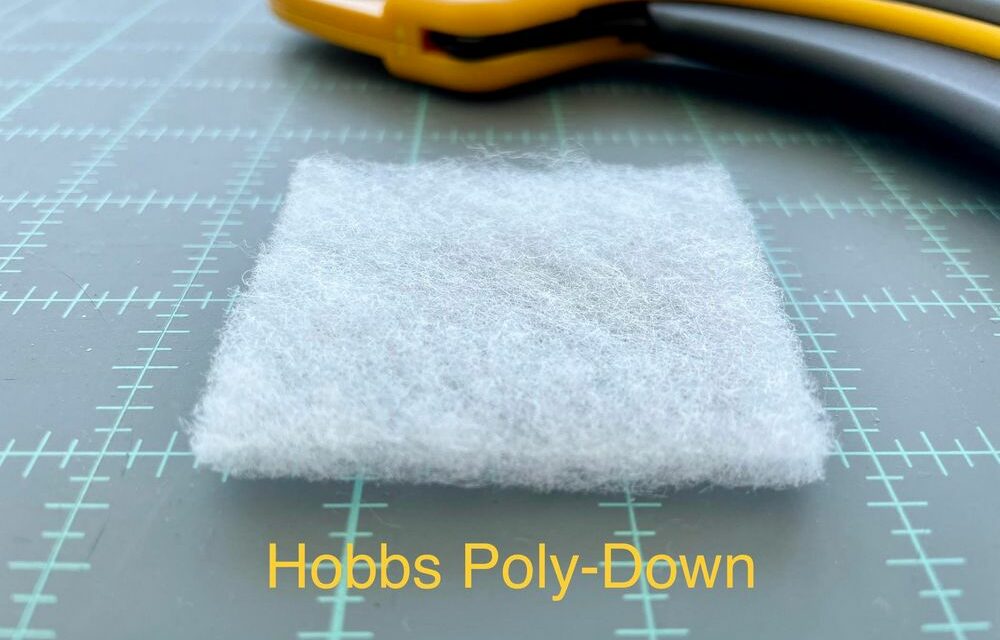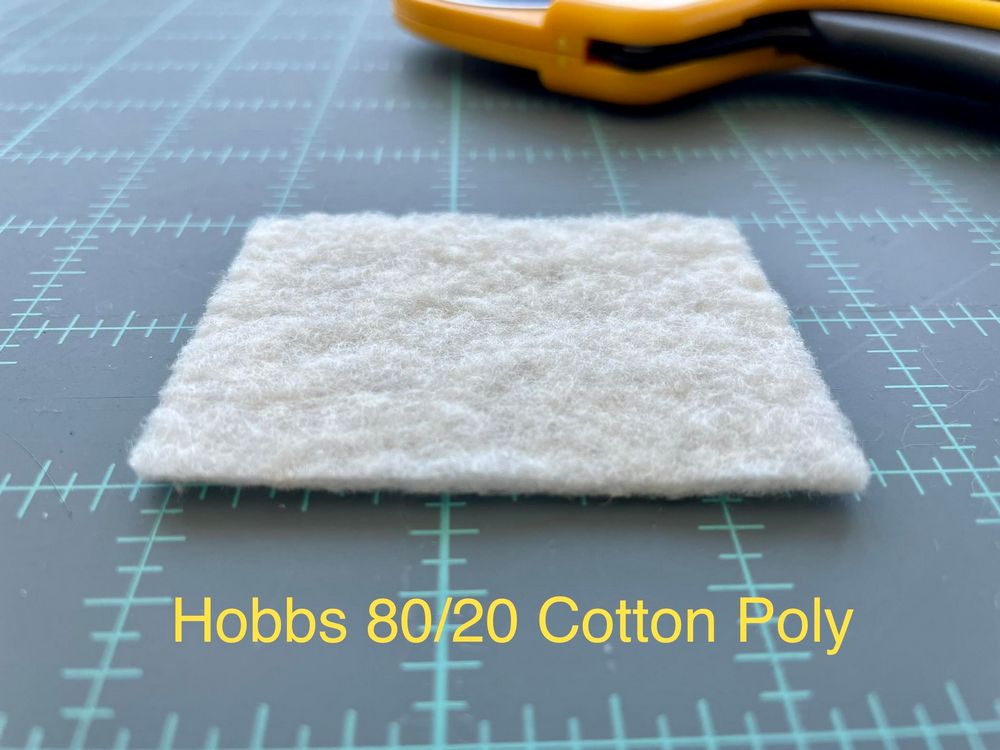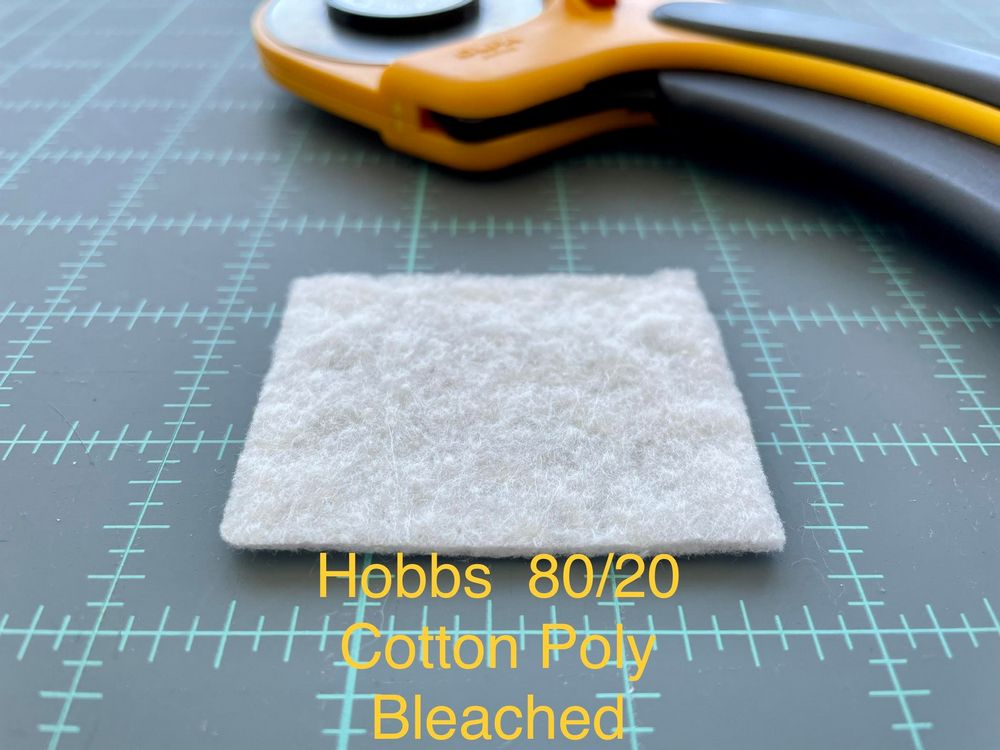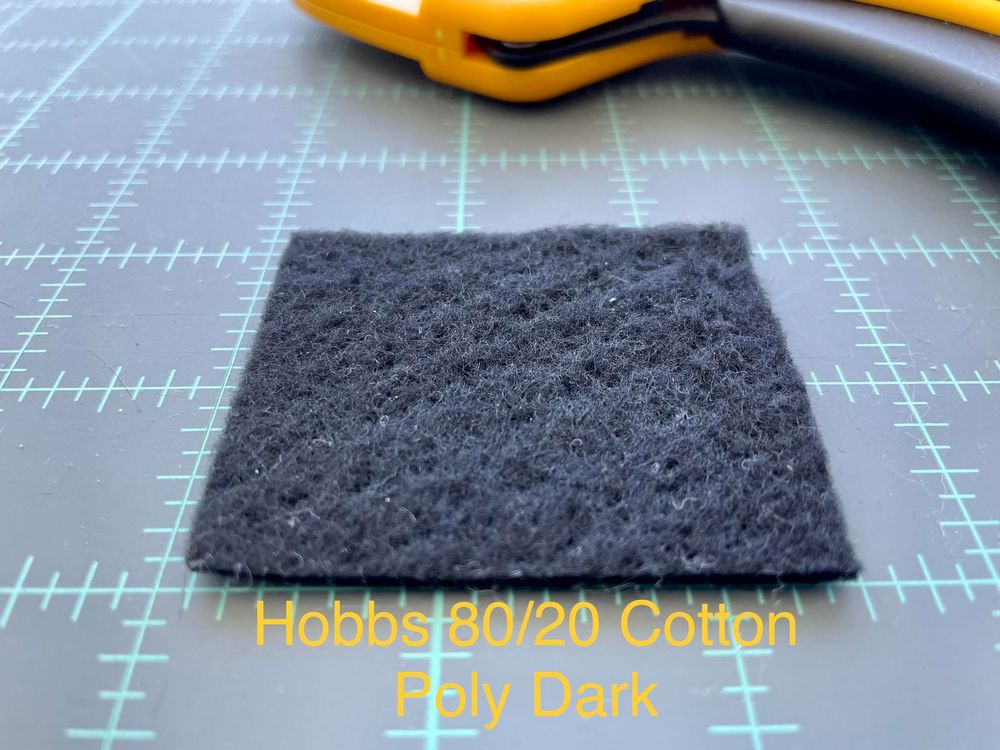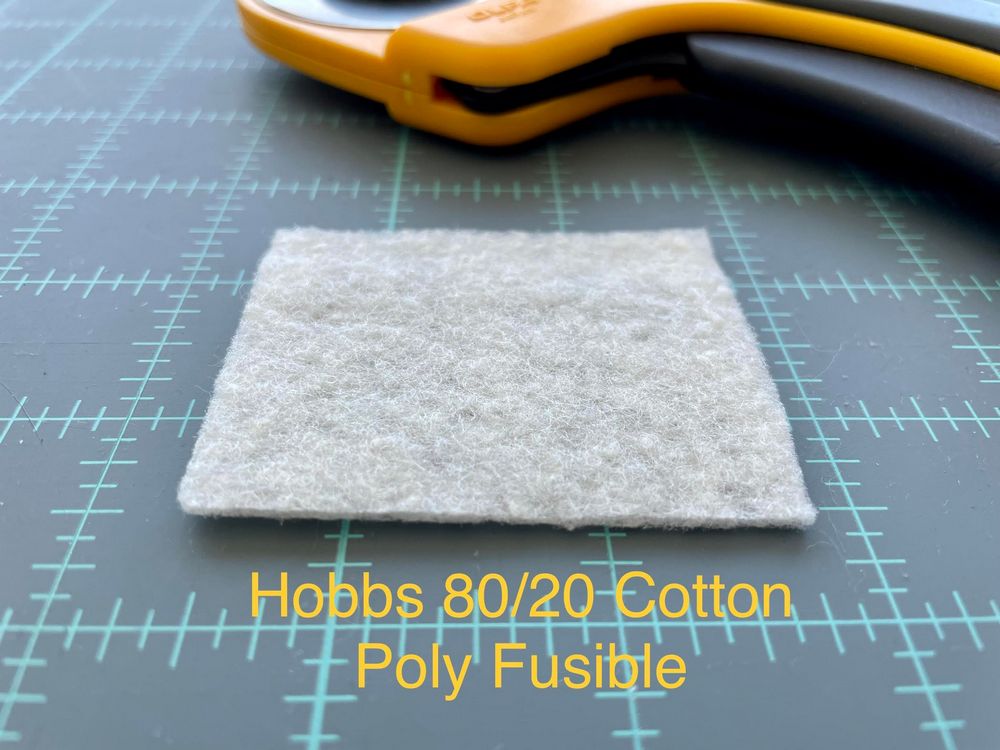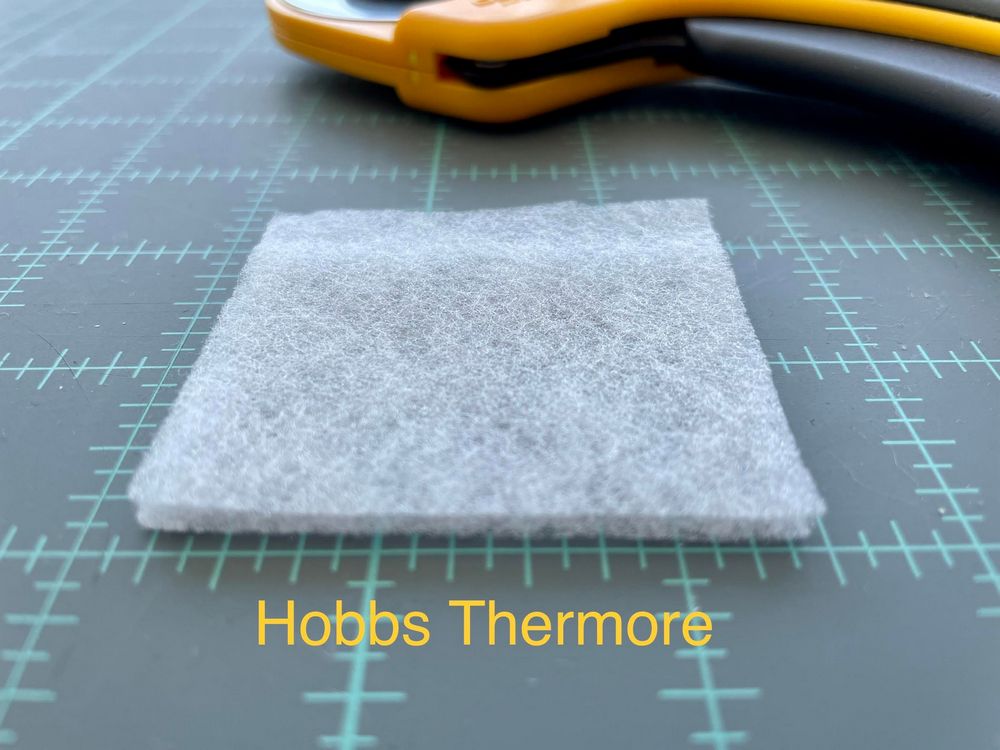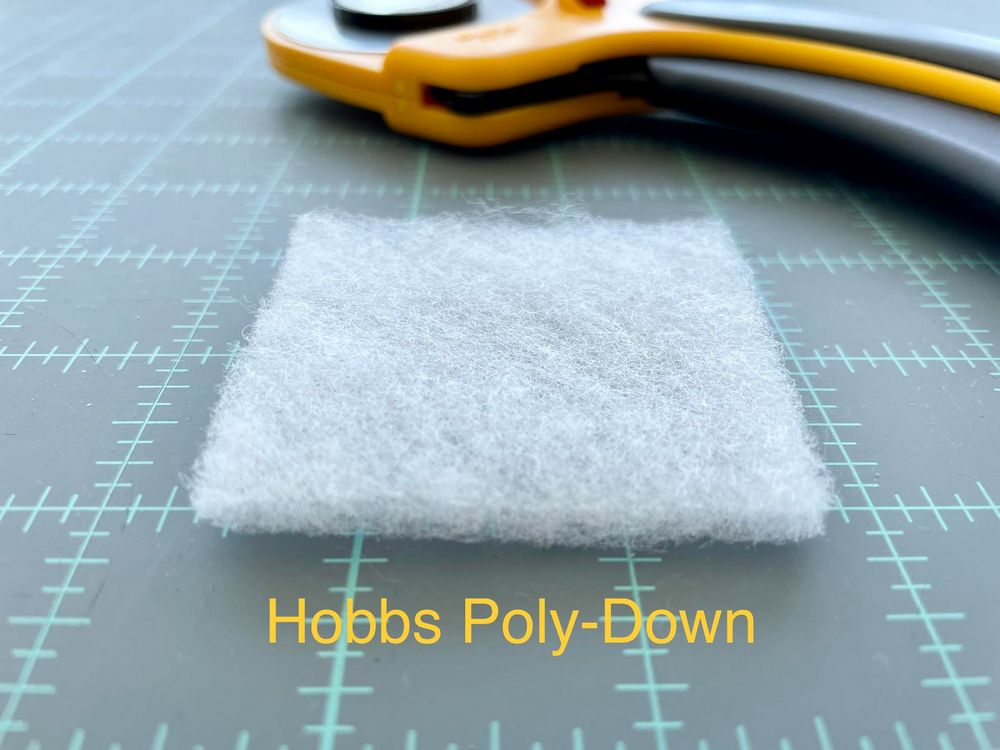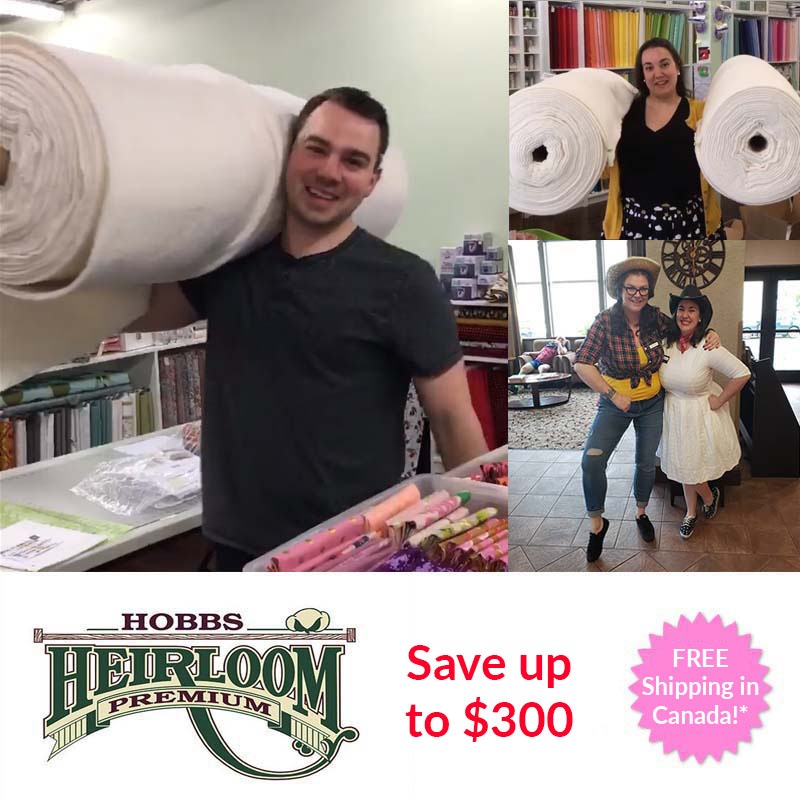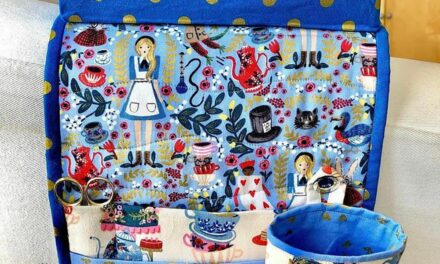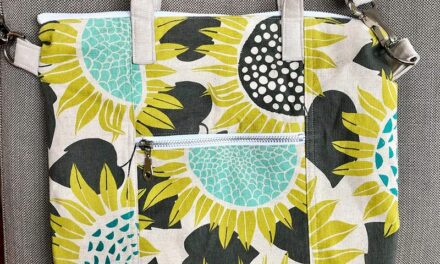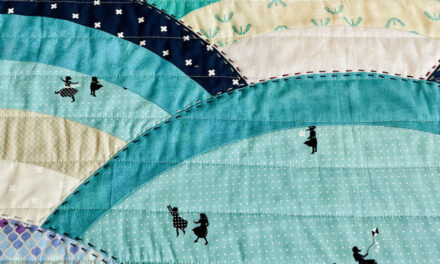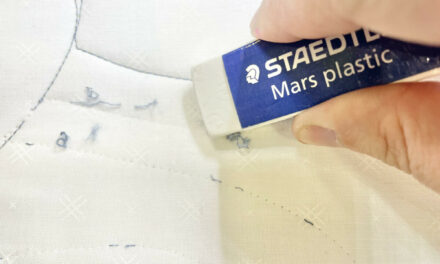What’s the best batting to use in your quilt?
One of the most important decisions when it comes to quilt making is what type of batting to use. There are a lot of choices available and it can be tricky to decide what’s best for you!
(P.S. Keep reading to the end of the article where we tell you some VERY important tips for caring for your quilt and batting)
The best batting for you will be one that meets your needs for:
Utility. What will it be used for?
How will the quilt be used? Is it a wall hanging that won’t be touched, or is it a high use quilt for a family?
What quilting distance do you want between your stitches?
Is it a show quilt or something not as fancy? Is your quilt something you want to quilt the heck out of, or something that you want to quilt minimally?
Laundry care. How often to you plan on washing it?
A picnic quilt would get dirtier than a bed quilt and need something to stand up to more frequent washing.
Do you want a warm quilt, or something more light and airy?
What time of year will the quilt be used? What type of climate do you live in? A winter quilt for someone in Winnipeg is going to need to be warmer than a winter quilt in Vancouver. Will it be used as a summer quilt?
Loft. Do you want to see your stitches or not?
Loft is the thickness of batting. Low loft will show quilting stitches less so if you’re a beginner quilter this will ease you into quilting. A higher loft will show off your epic quilting skills.
Let’s look first at batting that has part or all polyester content. These battings will be more hard wearing and warmer than 100% natural types.
Hobbs Heirloom Premium 80/20 Cotton Poly
Loft: 1/8”+
Max distance between stitches: 4”
Shrinkage: 3-5%
This is our most popular batting. It offers more loft and less weight than just cotton. It’s needle punched and has a light resin bonding, making it very strong and durable in a quilt.
- It’s great for hand and machine quilting.
- Handle it with care when rolling off the bolt since it has a lot of air.
- It’s warmer than just cotton but still breathable.
- Close quilting will give you a flat, low loft appearance.
- Adding a lot of quilting will make it more stiff with less drape.
- More space between the stitches will give you a slightly puffier, softer quilt.
- Hard wearing, this batting once in a quilt can be washed easily in a machine. Cool wash and cool dry.
- Great for utility quilts, children’s quilts, gift quilts, table runners, wall hangings and placemats. Medium warmth. Excellent all around use batting.
Hobbs Heirloom Premium 80/20 Cotton Poly Bleached
Loft: 1/8”+
Max distance between stitches: 4”
Shrinkage: 3-5%
This is the batting you want if your quilt is made with predominately white and light colours. It won’t give you a yellow cast to the fabrics like unbleached natural colour batting would.
- It’s great for hand and machine quilting. It’s made in the same way as the unbleached 80/20 batting above, and offers the same great properties and uses.
Related: Should you label your quilts?
Hobbs Heirloom Premium 80/20 Cotton Poly Black
Loft: 1/8”+
Max distance between stitches: 4”
Shrinkage: 3-5%
If you work with dark fabrics a lot, this is a great choice. It’s produced by blending 80% dyed cotton and 20% polyester. It provides a batting that will not generate light fibre lint on a quilt top during the quilting process.
- It’s great for hand and machine quilting. It’s made in the same way as the unbleached 80/20 batting above, and offers the same great properties and uses.
Hobbs Heirloom Premium 80/20 Cotton Poly Fusible
Loft: 1/8”+
Max distance between stitches: 4”
Shrinkage: 3-5%
This is a double sided iron on fusible batting. It is produced and performs in the same way as the Heirloom Premium 80/20. This batting eliminated the need for pinning or spraying glue baste which is often the most tedious step for quilters. Simply put it between your quilt top and backing, and use a warm iron to fuse everything together.
Loft: 1/16”
Max distance between stitches: 9”
Shrinkage: None
Thermore is made with 100% polyester. If you pre wash your fabrics this batting will not shrink so your quilt will not have that typical crinkled look.
- It won’t shrink and give your quilt a crinkled look.
- It won’t beard or migrate. Hobbs manufactures it in a unique process that makes it guaranteed not to beard or migrate. Originally designed for clothes and miniatures, it can be used whenever you want a very low loft and stability.
- It is very warm and great for making quilt coats without adding too much bulk.
- Perfect for T-shirt quilts! The low loft and lightness works beautifully with the heavier cotton and thread of the t-shirts. You can stitch all the way around the centre design without having to stitch through it.
- You can machine, hand wash, and even dry clean this batting! Cool wash, tumble dry low.
Loft: 1/4”
Max distance between stitches: 4-6”
Shrinkage: None
Poly down is 100% polyester. Poly down batting is loved by quilters for showing off their hand and machine quilting skills.
- The higher loft accentuates the design details.
- It has a very lovely soft drape, even when it’s heavily quilted.
- It’s made with very fine white denier polyester and is bonded to add durability and resist bearding and migration.
- It’s very durable and warm, which means it’s great for colder climates.
- When washing, be sure to use delicate machine wash on cool and low temperate machine dryer.
Important Batting Tips to Know!
1. Never prewash batting. It’s not woven together so it will be ruined. You can give it a gentle fluff in a cool dryer to get any deep creases out.
2. Don’t dry clean your quilts. Hobbs does not recommend dry cleaning quilts unless Thermore batting is used. The dry cleaner could felt the batting with too much heat or ruin it with harsh chemicals.
3. Pro tip: Label your quilt. Make sure you label it with type of batting inside and care instructions. Then you’ll always know exactly what you chose! (Read more: Should you label your quilts?)
Stay tuned for part two where we learn about quilt battings will all natural fibres.
Happy stitching!
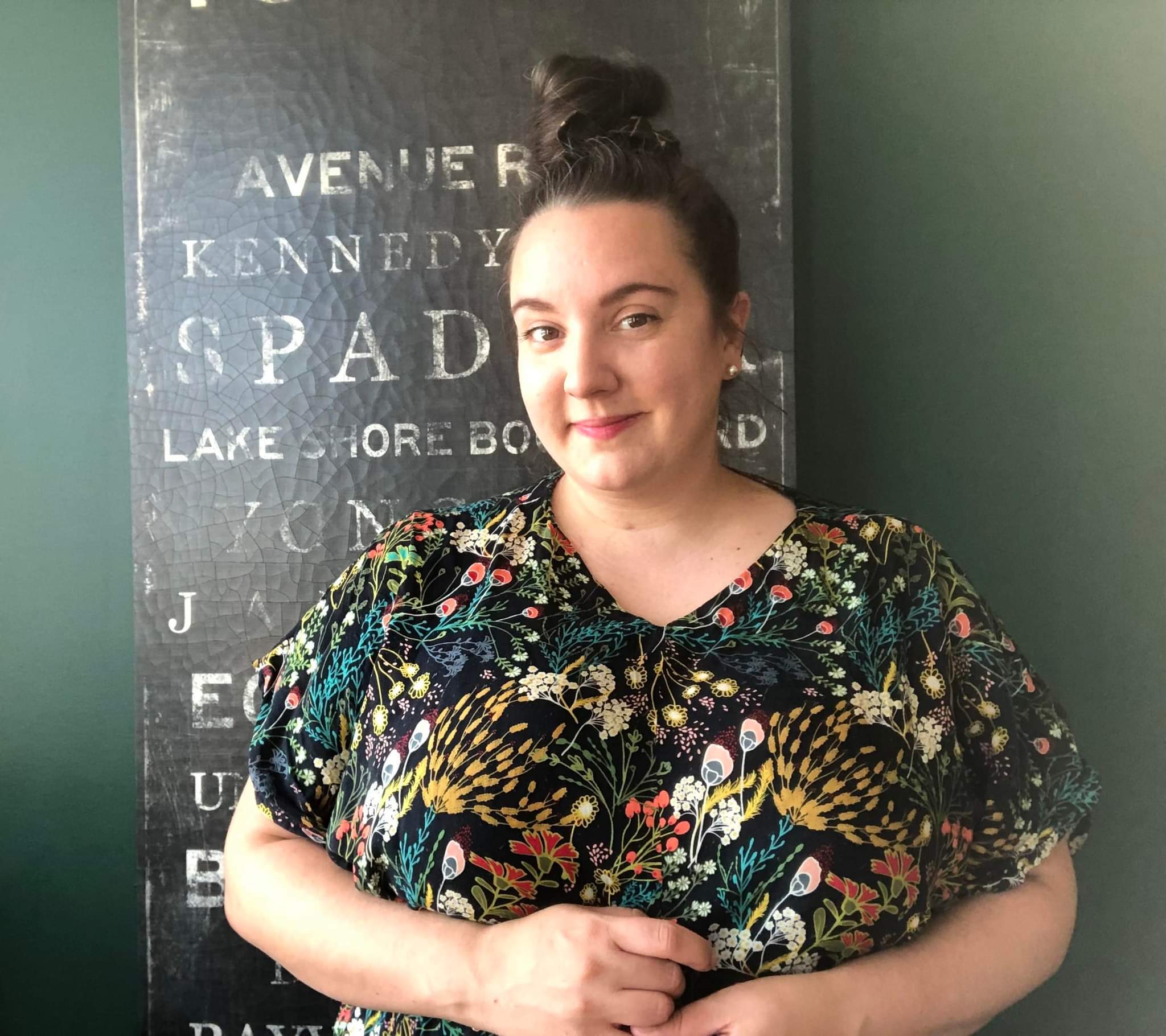
ABOUT THE AUTHOR
Michelle Brassens

